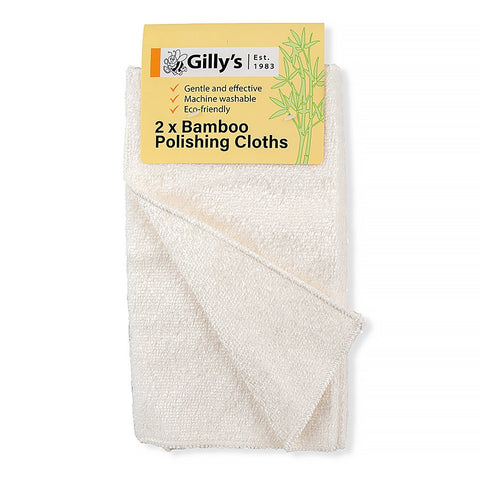
Product Spotlight – Restoring Polish
Waxes are becoming more popular as they offer a beautiful, subtle natural finish – distinct from some of the harsher synthetic finishes that are available. They are also repairable, unlike a lacquer finish. The initial effort is a one-off process, which you can simply maintain if the finish becomes dull or dry.
Gilly’s Restoring Polish is a soft, easy to apply beeswax-based wax, designed to deeply nourish raw/dry timber. It can be used on its own or as part of our three-step waxing process.
Restoring Polish (Clear) does not colour the timber but dries clear. Applying this polish will not only prevent cracking and splitting of the timber but it will enhance the depth and beauty of the timber’s grain.
The Restoring Polish (Dark) contains a transparent dye, that intensifies with each layer of application. So, it is more of an enhancement to colour than a stain. In many cases, the Dark Restoring Polish is ideal for a spruce-up of darker furniture as the colour will blend scuffs and scratches, whilst nourishing at the same time.

Where the requirement is to completely change the colour of the timber, a stain is the most appropriate method. Staining, whether oil or water-based, needs to be completed before applying any waxes.
In most cases, timber will be thoroughly treated with up to three coats, depending on the dryness and porosity of the wood.
We don’t recommend the Restoring Polish be used over any sort of lacquer as it may leave the surface too ‘greasy’. This also applies to French-polished surfaces, where the high gloss finish can resist the polish, allowing fingerprinting. Correctly applied wax should feel smooth, dry and never tacky.
If you are interested in our three-step waxing process, it is outlined below:
Waxing Correctly - 3 Steps to A Beautiful Waxed Finish with Gilly's
Preparation
The timber needs to be clean and dry. A useful trick is to wipe a solution of methylated spirits (with 5% acetic acid). This will neutralise any stripper if you used this prior to sanding and it will also show up any imperfections that require further sanding. Ensure this is thoroughly dry before proceeding with the wax.
Alternatively, you can use our Citrus Thin (available in Bunnings stores by request at the Special Orders Desk) to remove any grime and dirt before waxing.

Step 1 - Nourish
To begin with, raw timber is often dry and thirsty. Without the natural sap/oils that would normally keep the wood supple in life, it is vulnerable to cracking and splitting. We can substitute this with a wax (or oil) that penetrates deeply. Our Restoring Polish is designed for this purpose.
Step 2 - Build
In many cases, there are still tiny cracks and crevices that a soft wax will not fill. This is where a firmer wax such as our Cabinet Makers Wax is ideal. Often applied with superfine steel wool, this can be driven into any small gaps to create an amazing, hard and smooth finish. Burnishing can impart an excellent sheen.
Step 3 - Finish
The best way to protect and maintain the waxed finish is using Gilly's Carnauba Polish or Cream Polish. These are very soft and easy to apply, both buffing to a beautiful sheen. Apply sparingly over an area no more than 1m2 and buff back within 20-30 minutes. Either of these products are ideal for maintaining your beautiful, waxed finish.
Our Polishing Cloths are great for the job or, if you have old t-shirts to hand, these are brilliant too!




